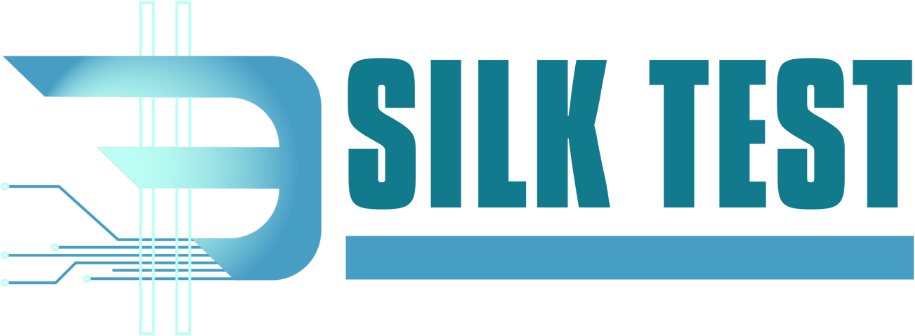In today’s digital world, securing applications and user accounts is more important than ever. Businesses of all sizes rely on authentication software to prevent breaches, protect sensitive data, and maintain trust with customers.
However, choosing the right solution is not always simple. Pricing varies widely depending on the features, scale, and technology used. Some solutions may seem inexpensive at first but lack essential protections, while advanced platforms provide stronger security at a higher cost.
In this article, we’ll explore seven factors that impact authentication software pricing. Thus helping you make smarter, informed decisions for your organization.
1. Type of Authentication Method
The type of authentication method directly influences cost because different technologies require varying levels of complexity and security. Password-only systems are generally inexpensive but provide minimal protection against cyberattacks.
Multi-factor authentication (MFA), which combines passwords with verification codes or app-based approvals, adds a layer of security, increasing costs slightly.
Biometric methods such as facial recognition or fingerprint scans are usually the most expensive due to the sophisticated hardware and software they require.
For instance, a company upgrading from SMS-based MFA to biometric authentication may see licensing fees rise significantly. Choosing the right method requires balancing cost against security needs, ensuring sensitive data is protected without overspending.
2. Security Features and Compliance Requirements
Security features and compliance requirements are critical pricing drivers. Advanced encryption, real-time fraud detection, single sign-on, and regulatory compliance (like GDPR or HIPAA) make solutions more expensive but reduce risk.
Organizations handling sensitive financial, healthcare, or personal data often prioritize these features, understanding that the cost of a breach far exceeds software investment. Authentication tools like Stytch are commonly used by businesses seeking secure, scalable solutions. Its feature set varies depending on the number of users, compliance needs, and integrations.
Checking the Stytch pricing guide, explained on platforms like Supertoken, provides a clear view of how these factors influence costs. This helps teams plan budgets effectively while selecting solutions that meet security and regulatory requirements without overspending.
3. Number of Users and Devices
The scale of your user base is a major factor in pricing. Authentication software licenses are often priced per user, so organizations with hundreds or thousands of employees will see higher costs.
Device coverage also affects price: supporting desktops, mobile devices, and IoT endpoints adds complexity and requires more robust infrastructure. Enterprise deployments can cost three to five times more than small-team solutions. Understanding your organization’s scale and device requirements helps avoid paying for unused capacity.

Additionally, planning for growth ensures your system remains scalable, so you won’t need to upgrade prematurely. Investing in the right size from the start balances cost efficiency with comprehensive coverage.
4. Deployment Model
Deployment models significantly affect cost and operational complexity. On-premises solutions require hardware, internal IT support, and ongoing maintenance, which increases upfront and ongoing expenses. Cloud-based solutions, on the other hand, typically reduce infrastructure overhead but involve recurring subscription fees.
For example, some companies adopt SuperTokens as a cloud-based authentication solution. This allows them to implement robust security without managing servers internally. Cloud deployment also enables quick scaling as the organization grows.
The choice between cloud and on-premises often depends on budget, IT resources, and the need for flexibility, making it essential to consider the total cost of ownership over time.
5. Integration and Customization Needs
Many organizations require authentication systems to work seamlessly with internal applications, CRMs, HR platforms, or mobile apps. Custom workflows, API integrations, and reporting features increase implementation time and costs.
Using SuperTokens, companies can integrate authentication across multiple platforms, reducing development complexity while maintaining strong security. Customization may also include tailored login flows, branding, or advanced user management.
The more complex the integration, the higher the cost, but these investments improve user experience and operational efficiency. Understanding your organization’s integration requirements helps you avoid hidden costs and ensures the software delivers full value without disrupting existing systems.
6. Support and Maintenance
Support and maintenance significantly impact the total cost of authentication software. Premium packages often include 24/7 support, guaranteed response times, and regular updates to address security vulnerabilities.
Enterprises handling sensitive or high-stakes data often invest in priority support to prevent downtime or breaches. Smaller businesses may opt for standard support plans to reduce costs. Maintenance fees ensure software stays updated and compliant with evolving security standards.
Proactive monitoring, timely patches, and access to technical assistance enhance reliability and minimize risks, making support an essential factor in pricing decisions for any organization seeking long-term security and operational stability.
Conclusion
Authentication software pricing depends on authentication type, user scale, security features, deployment model, integrations, support, and vendor reputation. Each factor plays a significant role in determining cost and value. By understanding these factors and considering examples like SuperTokens for deployment and integration, businesses can choose solutions that balance security, efficiency, and budget, ensuring robust protection for sensitive data without unnecessary expenditure.






